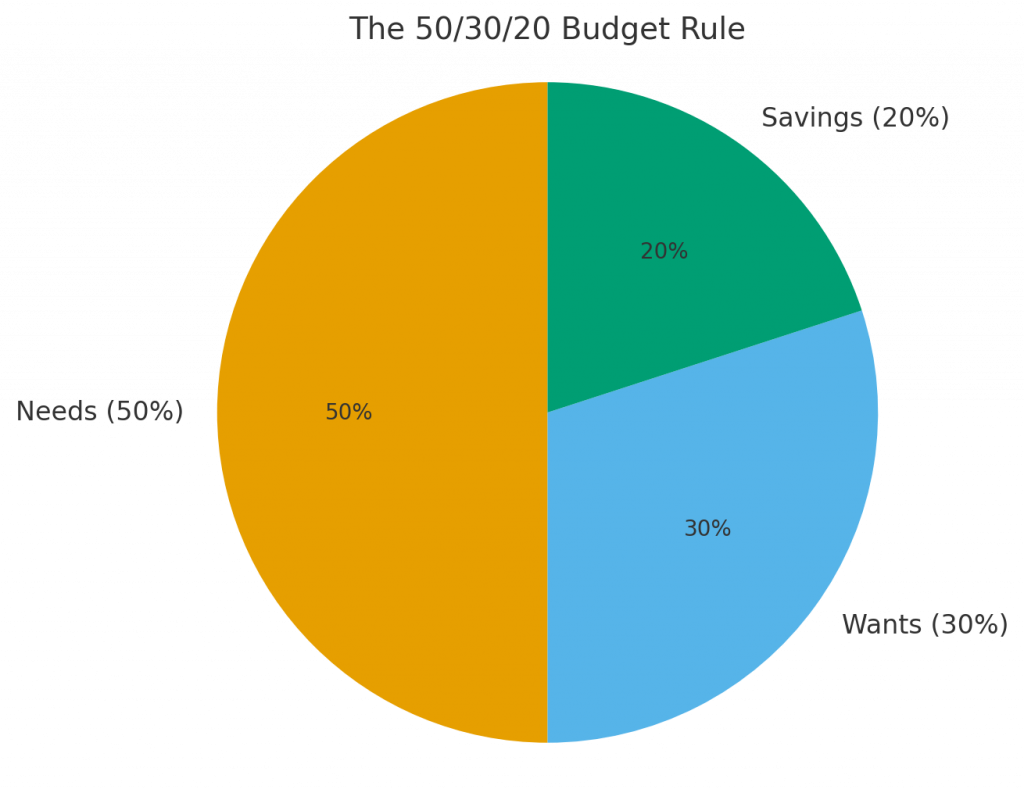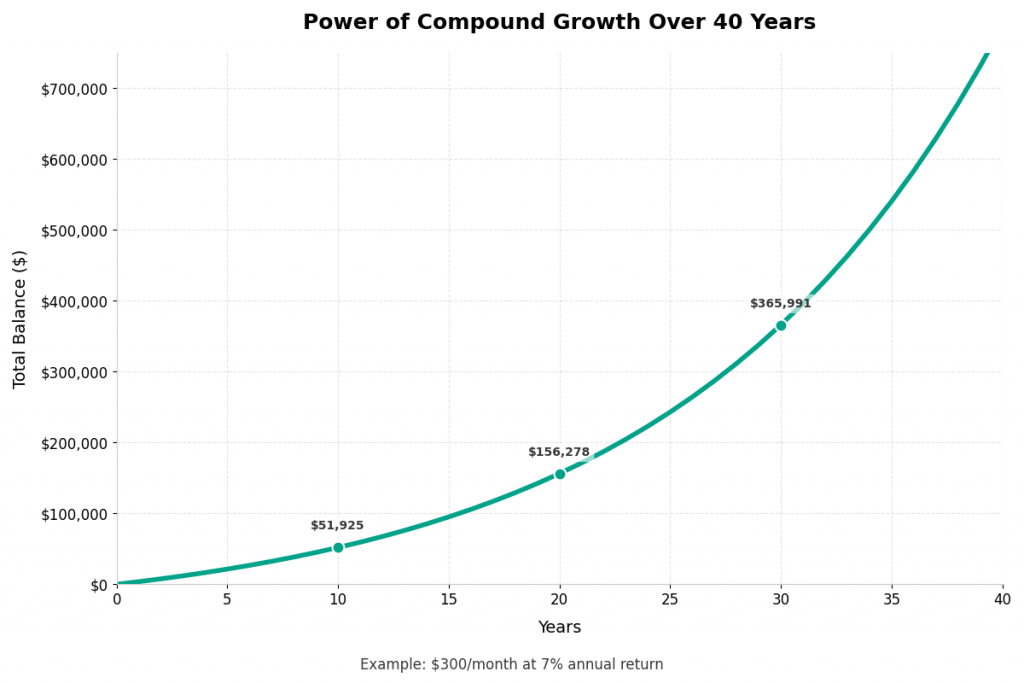Your Guide to a Strong Retirement Plan
A beginner’s guide to understanding retirement accounts, how they work, and how to start building your future today.

Why Retirement Planning Matters
Most people dream of financial freedom, but few plan early enough to make it happen. The earlier you start saving, the more time your money has to grow through compound interest. Retirement planning gives you:
– Peace of mind knowing you’re prepared for the future.
– Freedom to choose when and how you retire.
– A safety net for healthcare, emergencies, and inflation.
Quick Fact: Someone who starts saving $200 a month at 25 can have over $400,000 by 65 (at a 7% annual return).
Types of Retirement Accounts
There are several ways to save for retirement depending on where you work and how you earn. Below are the main types:
401(k) Plan
– Offered by employers.
– You contribute a portion of your paycheck before taxes.
– Many employers match your contributions — it’s free money!
Traditional IRA
– Open to anyone with earned income.
– Contributions are tax-deductible, and you pay taxes when you withdraw later.
Roth IRA
– You pay taxes now, but withdrawals in retirement are tax-free.
– Great for young earners expecting to be in higher tax brackets later.
SEP (Simplified Employee Pension) & SIMPLE IRAs
– Designed for self-employed individuals or small business owners.
– Higher contribution limits than personal IRAs.
How Much Should You Contribute?
How Much Should You Contribute?
A general rule is to save 10–15% of your income toward retirement. If that feels like too much, start small — even 5% makes a difference.
Use the 50/30/20 rule as a guide:
– 50% for needs
– 30% for wants
– 20% for savings & debt payments
Over time, as your income grows, increase your retirement contributions automatically.


Retirement Growth Example
Example: If you invest $300/month for 40 years at 7% interest, you’ll end up with over $720,000.
That’s the power of compound growth. Your money earns interest on its interest. The earlier you start, the less you have to contribute later.
Best Retirement Accounts for College Students & Young Adults
Roth IRA: Ideal for beginners with low current income. Your money grows tax-free for decades.
Employer 401(k): Always contribute at least enough to get the full match.
HYSA (High-Yield Savings Account): Keep short-term savings here while you plan to invest.
Robo-advisors: Great for beginners who want automatic investing and rebalancing.
Pro Tip: Even investing $50/month in your early 20s can lead to six figures by retirement
Retirement Calculators
Smart Retirement Tips
Start early
The earlier you begin saving for retirement, the more time your money has to grow through compound interest — where your earnings generate their own earnings.
Even small contributions made in your 20s can grow into hundreds of thousands by retirement age.
💡 Example: Investing $200/month starting at age 25 can grow to over $400,000 by age 65 (assuming 7% annual return), but waiting until age 35 would yield only about half that amount.
Why it matters: Starting early reduces how much you need to contribute later in life, making long-term goals far easier to reach.
Resource:
Invest automatically
Setting up automatic deposits into your retirement account ensures you invest regularly, without second-guessing market movements. This process is known as dollar-cost averaging, and it helps smooth out short-term market volatility.
Why it matters:
Most people fail to invest consistently because they try to “time the market.” Automation builds discipline, ensures growth, and removes emotion from your investing decisions.
Resource:
Increase contributions
Every time you receive a raise or bonus, increase your retirement contribution by 1–2%. You won’t feel a big difference in your paycheck, but over time it adds up to major growth.
Why it matters:
Gradual increases prevent lifestyle inflation — when your spending rises as your income does. Automating contribution increases ensures your retirement savings grow with your career.
Resource:
Avoid early withdrawals
Taking money out of your retirement account before age 59½ can lead to tax penalties and lost potential growth. Even one withdrawal can set your future savings back by thousands due to missed compounding years.
Why it matters:
Your retirement account is meant for long-term stability. Every dollar you leave invested continues to multiply for decades, but every dollar you withdraw stops working for you.
Resource:
Diversify
A diversified retirement portfolio spreads your money across different assets like stocks, bonds, index funds, and ETFs. This reduces your risk if one type of investment performs poorly.
Why it matters:
Diversification helps balance potential rewards and risks. It also helps you stay calm during market drops because other assets in your portfolio can offset the losses.
Resource:
